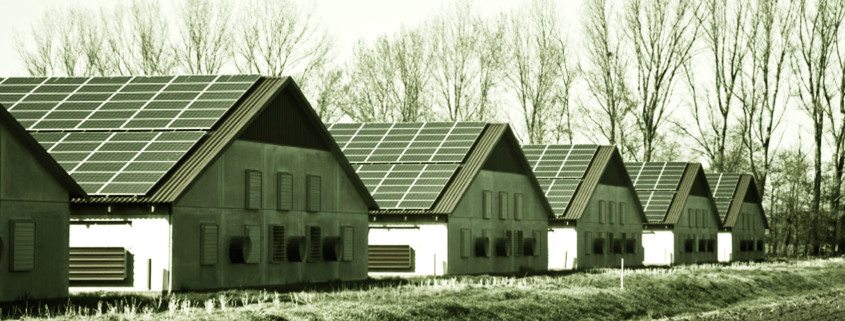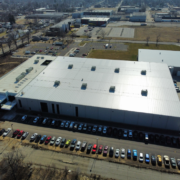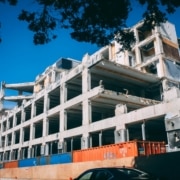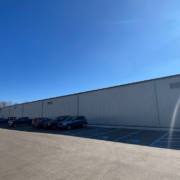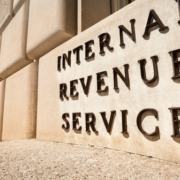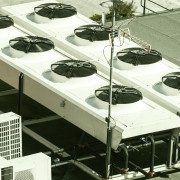Do Your Past Commercial Solar Projects Qualify For An Unused Tax Deduction?
Have you missed out on tax deductions from your solar projects simply from not knowing about them? Well, you are in luck. Nelson Marin, our own Director of Engineering, wrote a great article for Solar Industry Magazine, you can read it here.
In a nutshell, buildings that have energy efficient systems, such as photovoltaic systems, high efficiency HVAC, lighting and envelope systems can qualify for deductions up to $1.80 per square foot. These upgrades to the building simply needs to qualify as reducing the building’s energy and power costs by 50% or more when compared with an ASHARE 90.1 baseline building.
With such tax savings, you would imagine that people would be lining up to get them. Unfortunately, at the time that the Energy Policy Act of 2005 was enacted, there was a lack of expertise available to provide the necessary third party verifications.
179D was targeted at two major groups, private commercial building owners and designers and contractors for government-owned buildings. For commercial building owners, the benefits from 179D have been diluted by other tax incentives, such as bonus depreciation, Modified Accelerated Cost Recovery System (five year) and the federal investment tax credit.
In the case of government buildings, since governments are non-taxable entities, Congress allowed them to allocate the deduction to the parties involved. In most cases this deduction is allocated to the designer or contractor of a PV system. This deduction is not an accelerated depreciation, allowing for greater tax savings by the individual.
For PV systems to benefit the designer or contractor, the government must own the equipment an the PV installation. Systems that are installed under the following conditions do not apply:
- Purchased under a power purchase agreement or similar contract
- Off-site PV systems
- Systems that feed directly into the grid
For Public Projects, the IRS only allows you to amend open tax years. This generally means three years from the filling date. It’s better to not wait! See Walker Reid Strategies process here. On the other hand, private projects can be claimed in the current tax year. No amendment is necessary for eligible buildings all the way back to 2006.
The bottom line is simple. You can still benefit from your energy projects. Contact us today.

